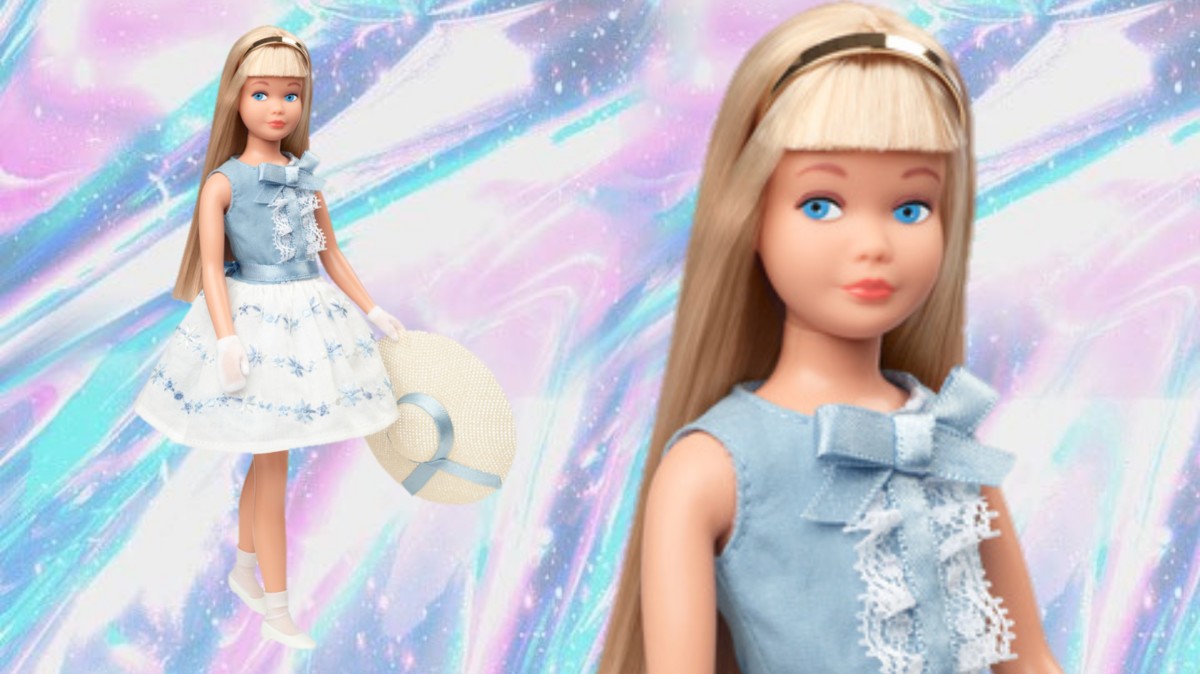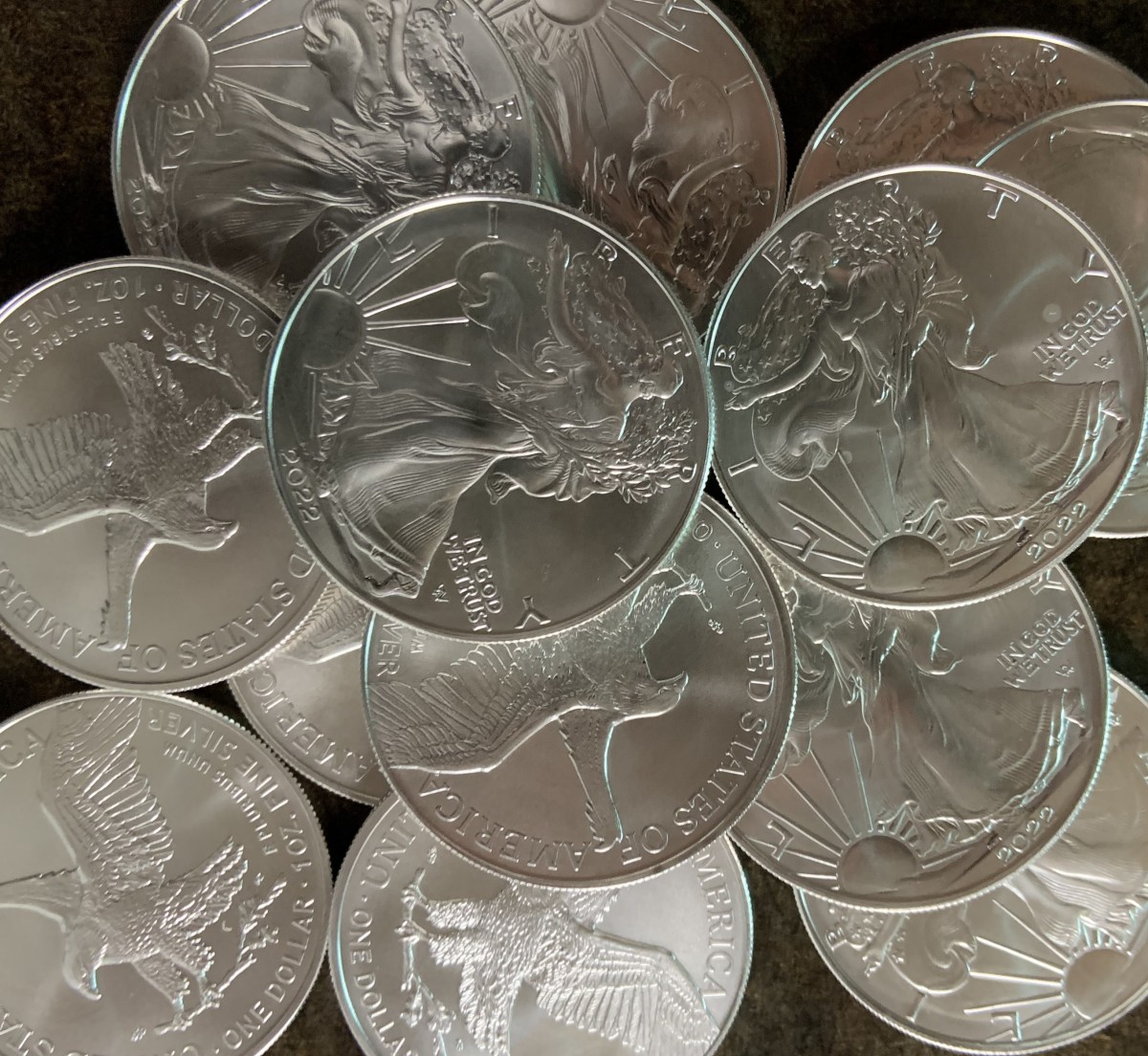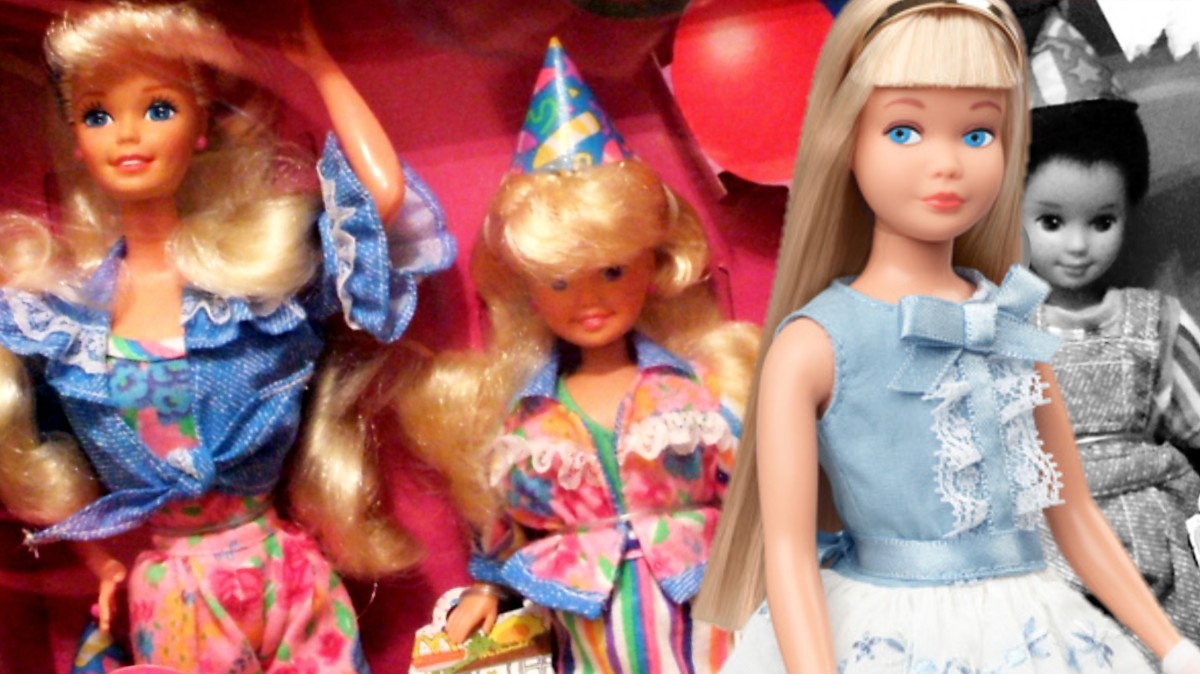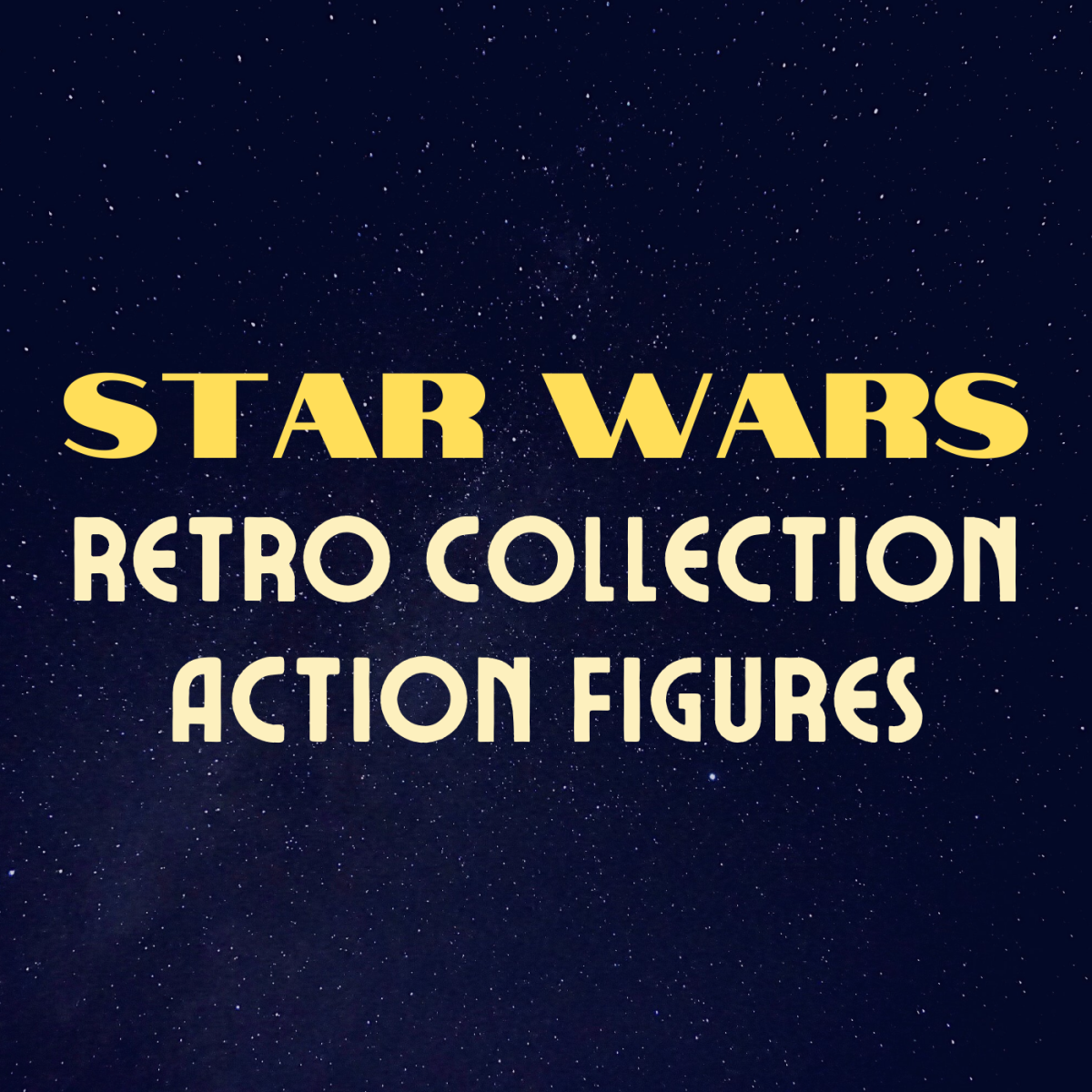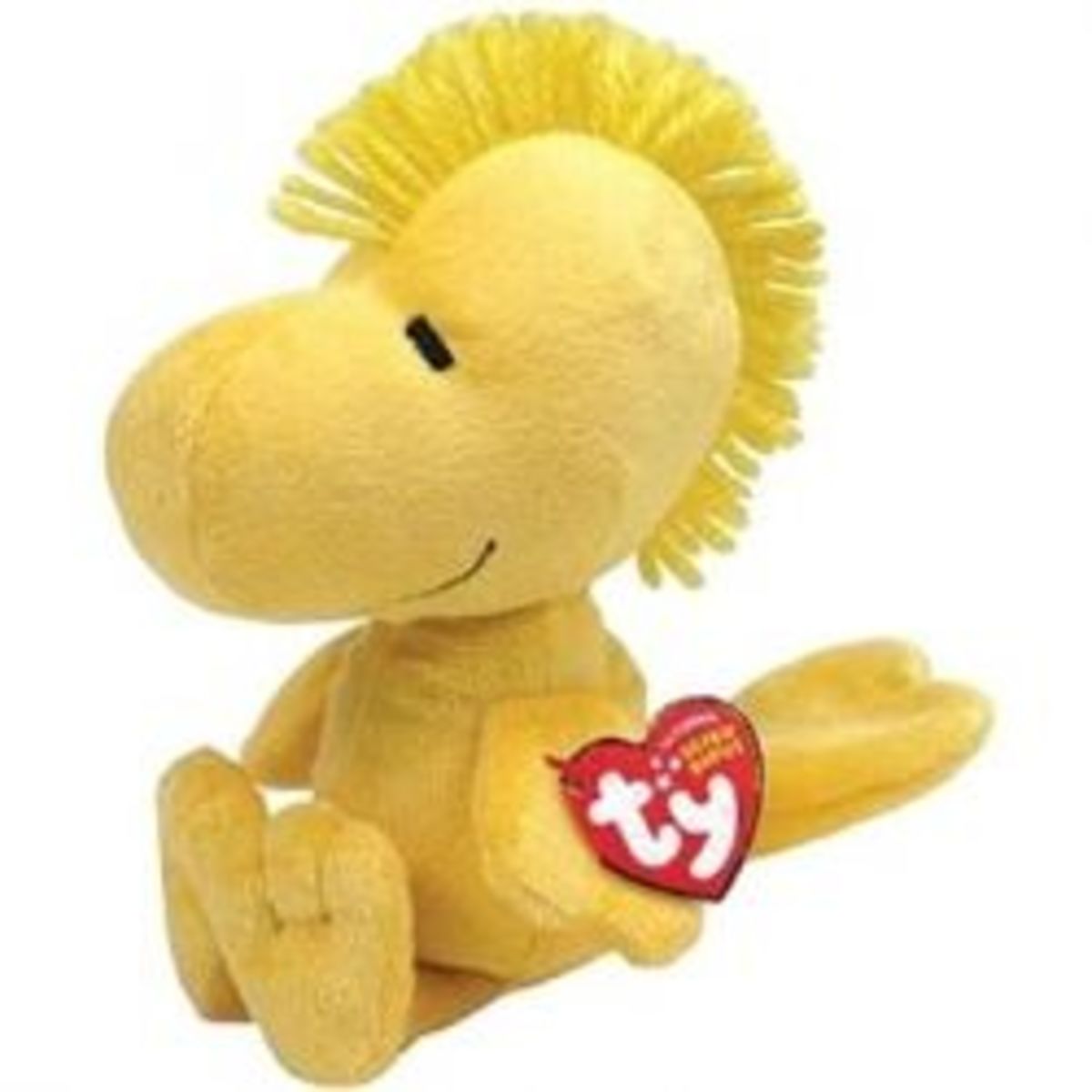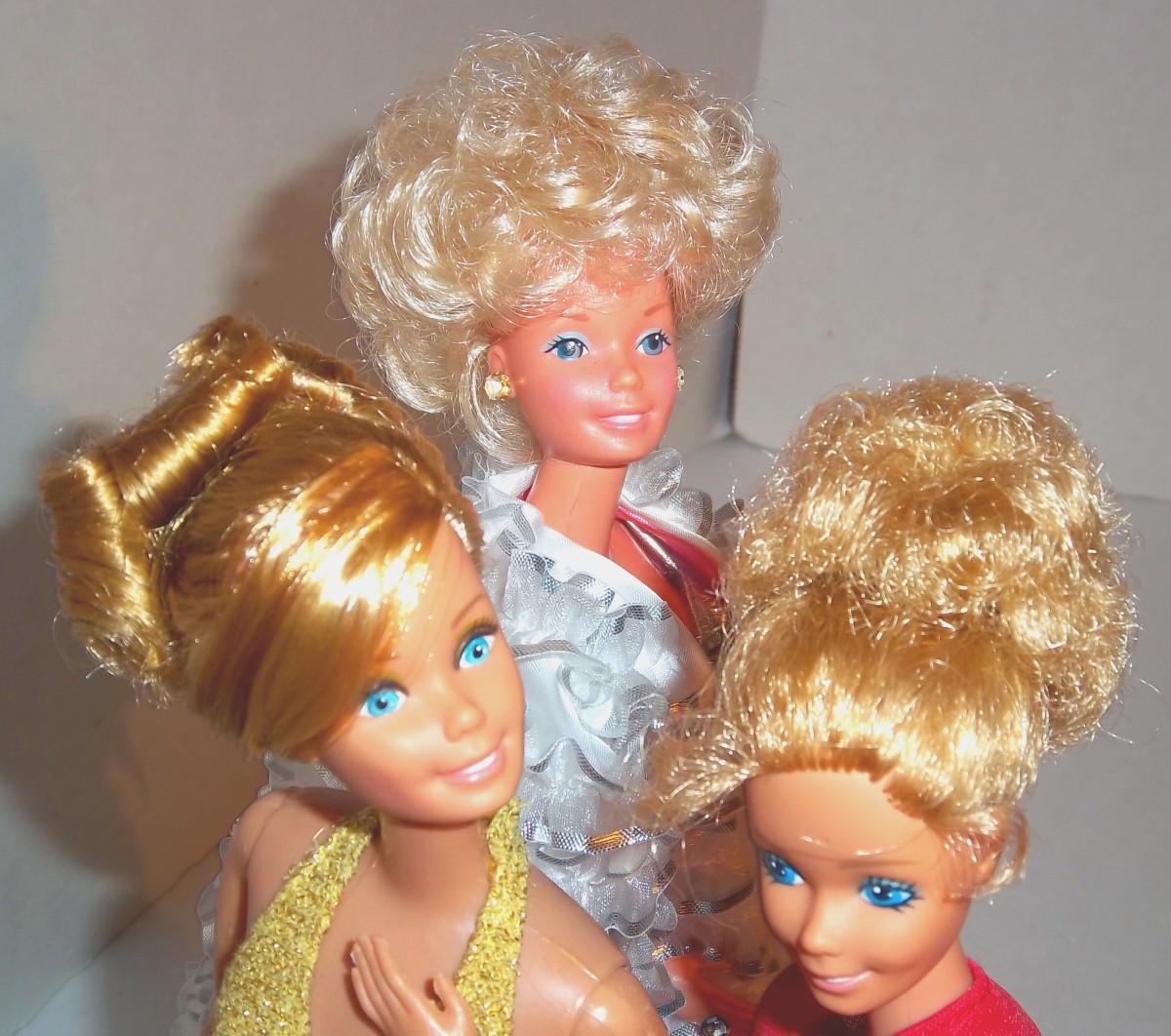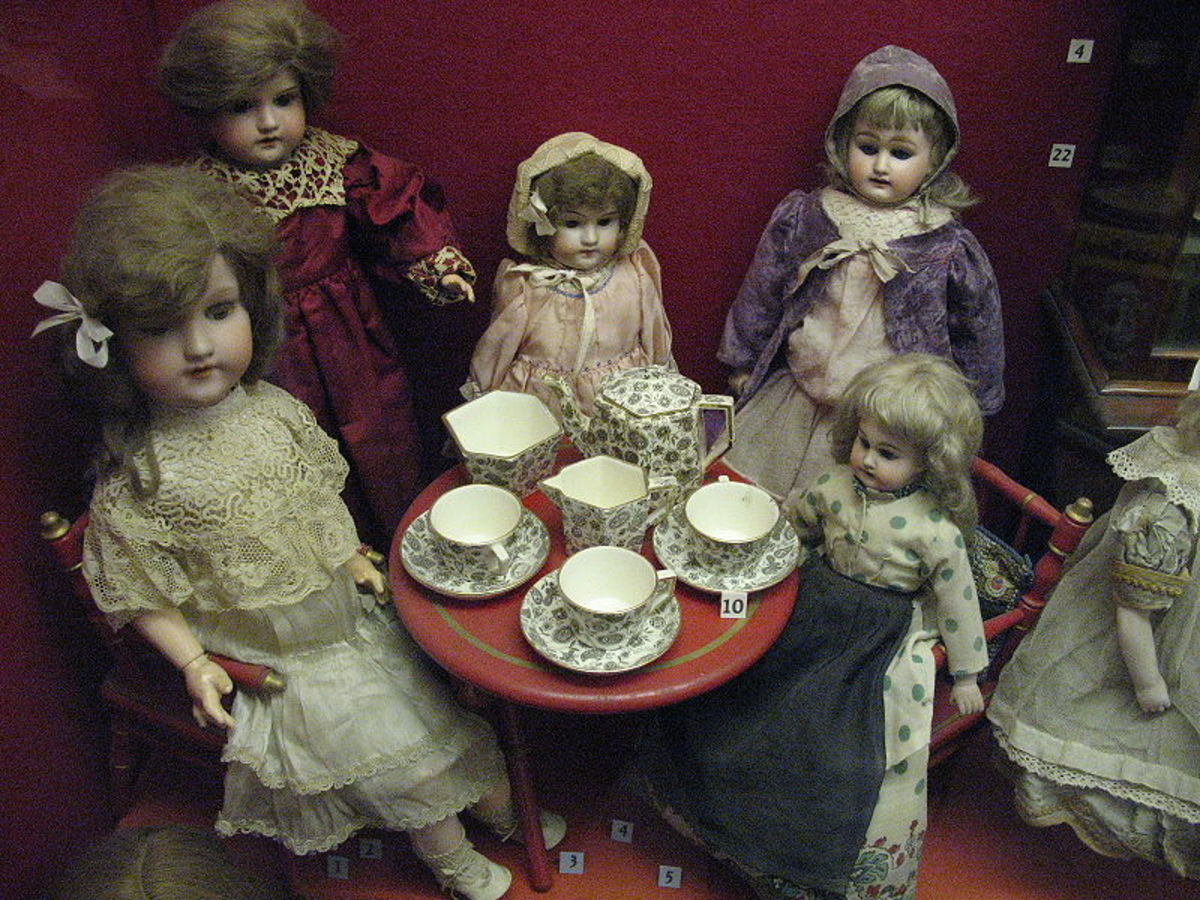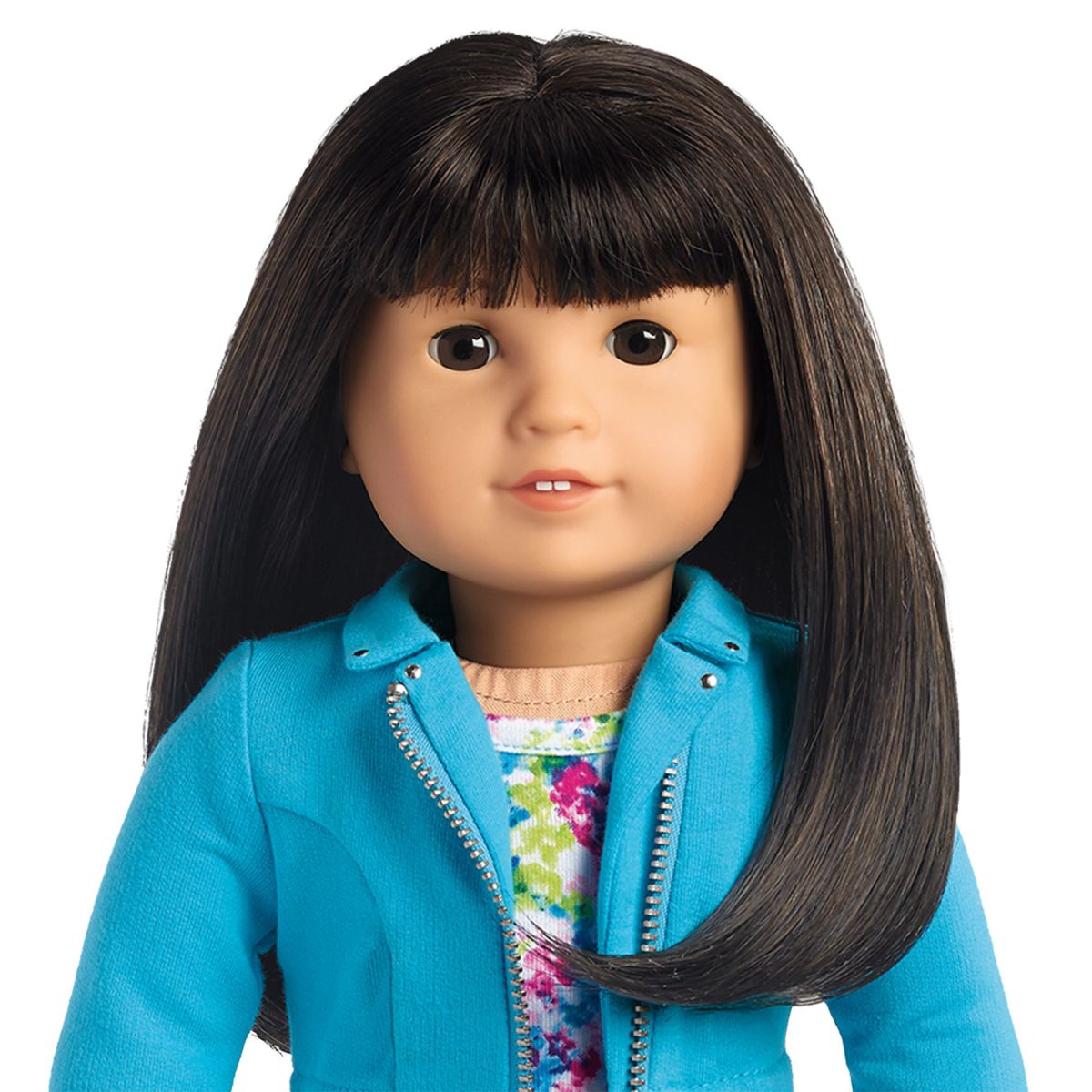Before Labubu, There Was Monchhichi
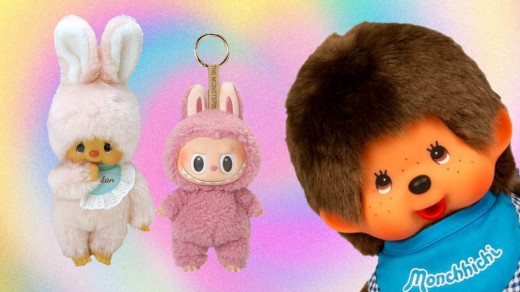
Baby Labubu?
Parents and grandparents in 2025 found themselves baffled when all of a sudden, their teenagers started asking for Labubu, breakout star of The Monsters, an art series by Kasing Lung that would later become a juggernaut in the world of Pop Mart's highly sought-after collectible figures and keychains.
Social media posts from attention-seeking elders and bewildered moms and dads ranged from "Thank God I never had Labubu growing up" to "Look at me! I'm better because I grew up with (name of outdated pop culture icon) instead of Labubu" to the overtired "What's a Labubu? I've never heard of it so you shouldn't talk about it!" memes that were split between self-inflicted victimhood and a flat-out refusal to even attempt to learn about emerging trends from one over-30 group after another playing Chicken Little over the latest fad in harmless keychains. The overreaction was far more cringe than Labubu's penchant for violent pranks.
Ironically, Gen X and Millennial Labubu-haters could have benefitted from a hefty dose of self-reflection, as lurking in the closets of their minds is a CRT television set perpetually trapped in a bevy of Saturday morning commercials, with one song ringing out louder than the rest:
"Monchhichi Monchhichi
Oh so soft and cuddly
With a thumb in your mouth she's really neat
Fun to wiggle his little feet
Ya ya ya
Ya ya ya
Happy happy Monchhichi"
It's true. Gen X, Xennials and Millennials had their own Labubu, and he's not going anywhere.
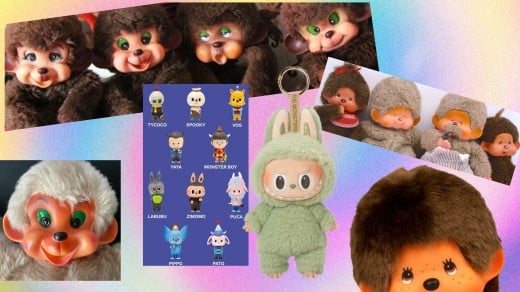
What Is A Monchhichi?
Back in 1974, the Sekiguchi Corporation decided to expand on a line of toys called Kuta Kuta Monkey - or "Exhausted Monkey" as they are known online. The original monkeys had plastic Caucasian faces, brown plastic ears and brown (or grey) furry bodies. Their eyes were usually green with black pupils, though some occasionally incorporated white. They had a variety of facial expressions, but the most prevalent on resale websites seems to be the happy faced and the sad faced monkeys.
January 25, 1974 saw the launch of Monchhichi. Similar to Kuta Kuta Monkey, this new little monkey had a peachy complexion and a fuzzy brown body, only the face was much more youthful. Monchhichi had soulful brown eyes in an upward gaze, a big, black nose, freckles and a soft baby smile.
The name "Monchhichi" was allegedly decided by merging the French word "Mon" for "Mine" and the onomatopoeia "chichi" which was meant to resemble a baby sucking on a pacifier, which was supposed to be apropos as some of ,figures were baby monkeys with a pacifier or a bottle of their own. But few fans would make the correlation as time went on.
The first wave was an instant hit with kids and adults alike, so a year later, Monchhichi wound up being exported to much of Europe while new variants were being produced.
Around the world, official keychains and dolls were sold as Chicaboo, Bølle, Kiki and Mon Cicci, but soon, Americans would know the line under the same name as the Japanese, Monchhichi.
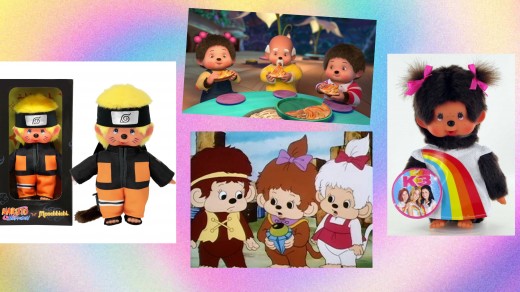
Monchhichi: Superstar
In 1980, the anime Monchhichi Twins was produced by the future TV Tokyo (then Tokyo 12 Channel) with actress Keiko Han as main character Monchhichi, just 12 years before she would play both Queen Beryl and Luna in the anime Sailor Moon.
That same year, Barbie producer Mattel licensed the toy line from Sekiguchi. Then in 1983, Hanna-Barbera decided to make their own version of Monchhichi by producing a series of shorts titled The Monchhichis, a mini-show about a village full of the little monkey creatures being led by an elder Monchhichi named Wizzar as they combat the terrible Horrg and the evil Grumplins of Grumplor. The shorts were sandwiched with Richie Rich. Very few of the characters shared names with their Japanese counterparts, though the show is notable for featuring actress Ellen Gerstell as Tootoo, years before she would be beloved by VHS renting anime fans as Tenchi Muyo's Mihoshi.
Unrelated TV shows would follow in Japan and in France with 2000's Kiki, le Kiki de tous les Kiki, 2005's Monchhichi (Stop Motion) and 2017's Monchhichi Tribe, each series making their own stories surrounding the characters.
After Mattel discontinued their version of Monchhichi in 1985, Sekiguchi would take it back. They would go on to release new toys worldwide mostly by themselves, though shoppers at urban Outfitters and Amazon already know that some of their more colorful plushies come courtesy of a licensing agreement between Sekiguchi and Aliquantum International INC.
In the following decades, Monchhichi would expand to include crossovers with popular celebrities, anime and other major brands.
In a full-circle moment for fans of the Hanna-Barbera cartoon, Monchhichi has had official crossovers with HB's most beloved series, Tom And Jerry.
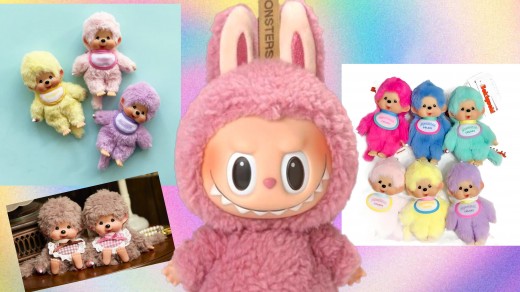
A Monchhichi In Every Color
Monchhichi Colors is one of several variants collectors enjoy hunting for online. usually in pastel yellow, pink and purple, the line also includes nearly-neon magenta, green and blue versions. Serious collectors like to coordinate the keychains with their outfits, much like Labubu collectors.
Monchhichi characters are easy to find in "cottage-core" colors like light mauve, taupe and grey, again like Labubu.
Some stores by mid-summer 2025 had started selling newer Monchhichi keychains right next to Labubu as a way to bridge the generations. This is in keeping with Sekiguchi's original concept of the toys promoting kindness and respect between old and younger generations.
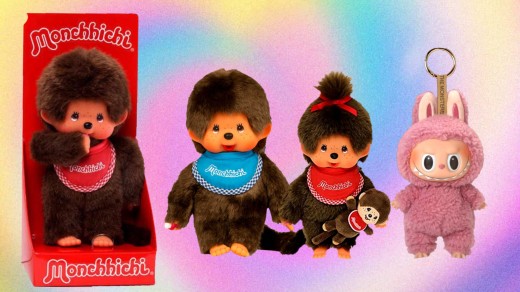
All Creatures Great And Portable
Both Monchhichi and Labubu range in sizes from blind box keychain to near baby doll proportions, ensuring a creature for every outfit and home decor desire.
While Monchhichi characters usually are less mischievous than prankster Labubu, it almost feels as if they are less rivals and more kindred spirits, as both have had an even number of detractors and fans across the decades.
Some collectors began buying both to compare and contrast. Curious toy collectors are amused by the similarities in the two keychain lines, and certainly, both have their place in pop culture history.
Monchhichi, Monchhichi!
What are YOU going to collect?
This content is accurate and true to the best of the author’s knowledge and is not meant to substitute for formal and individualized advice from a qualified professional.
© 2025 Koriander Bullard

